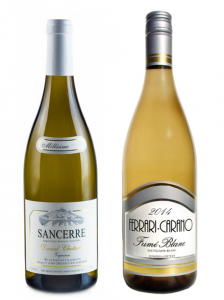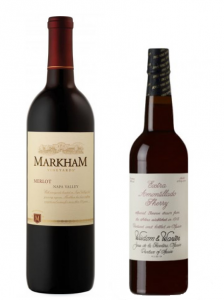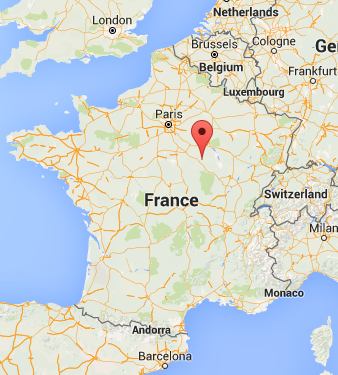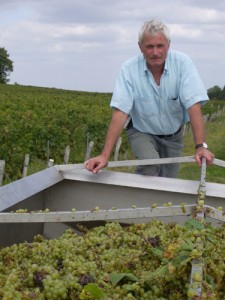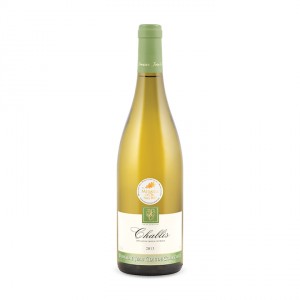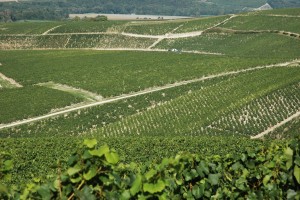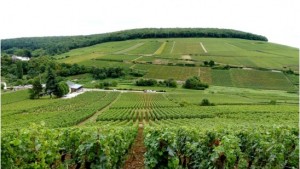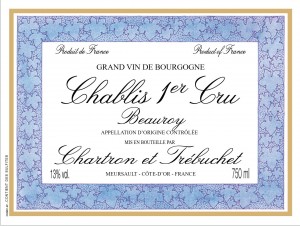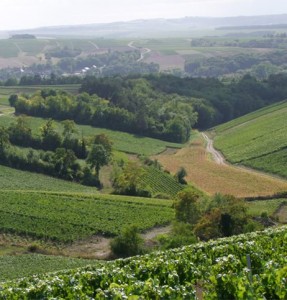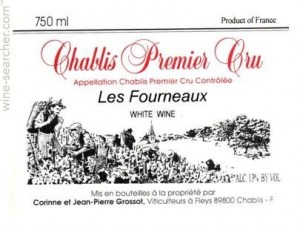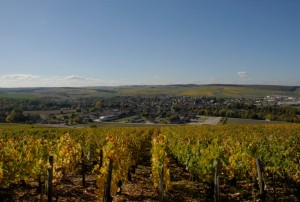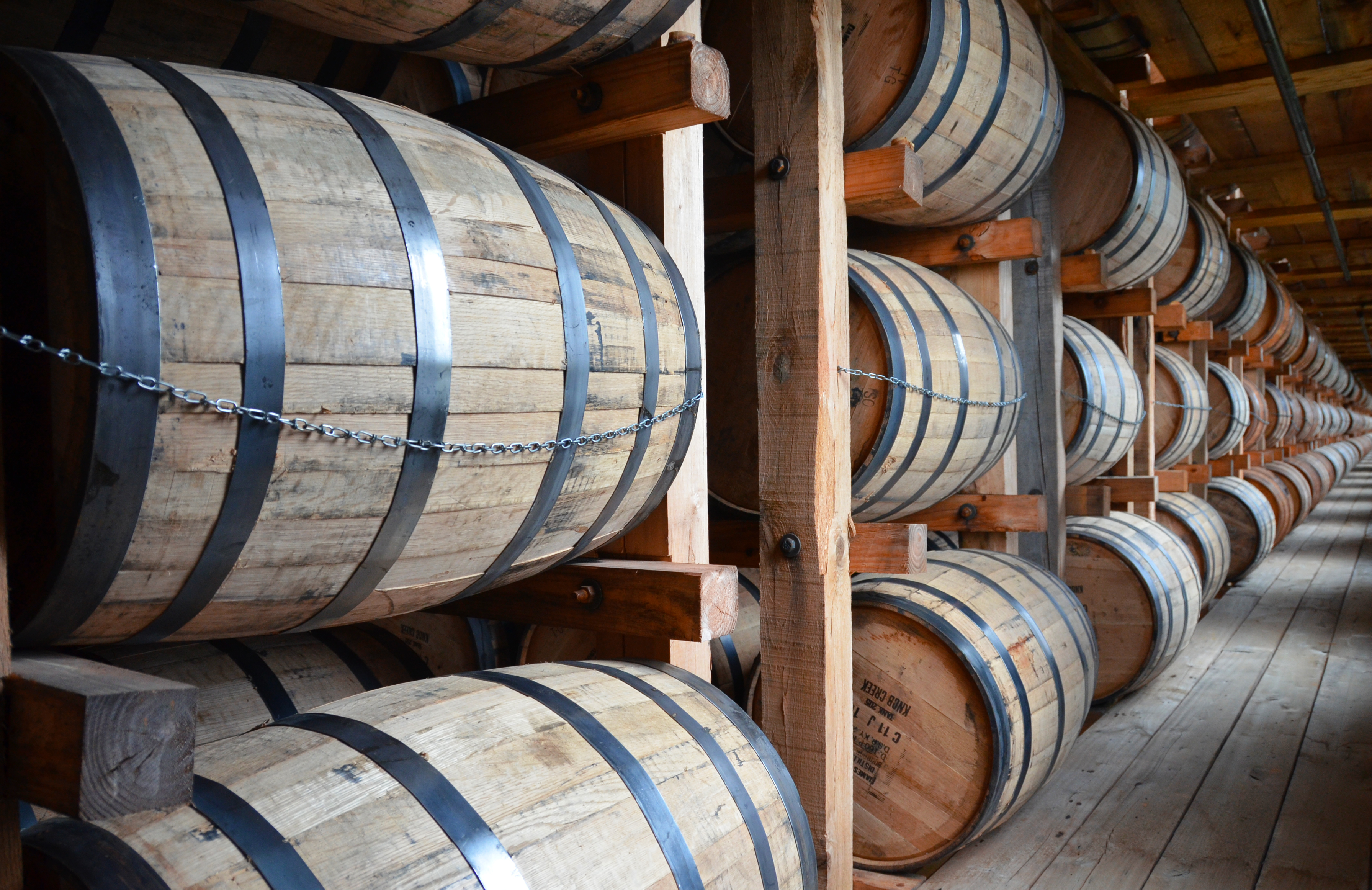Out of all the white grape varietals in the world, none are more widely planted than chardonnay. And if you think about it, it makes sense, right? I feel like the shelves of wine shops all over the world runneth over with chardonnay. Open the fridge of any suburban family and you’re likely to find a bottle of it. Every liquor store in town is going to carry it from at least five producers, and chardonnay always seems to be a wine that people find early in their wine drinking lives.
Often chardonnay gets a bad rap. I think this is because there is just so much of it produced. Unfortunately, with almost 500,000 acres of chardonnay planted around the world, there are more than a few bad bottles floating around.
So what makes chardonnay so awesome?
Well, let me step up on my soapbox…

Climate Matters
As with all grape varieties, place matters, but this is especially evident with chardonnay. The smell and taste of golden apples are present in almost all chardonnays, but the additional notes vary wildly based on local climate. Chardonnay from warmer climates, like Napa Valley in California or Australia can be almost tropical, with notes than can include papaya, mango, and even pineapple.
On the other hand, cooler climate chardonnays skew more towards Granny Smith apples, lemon, lime, and chalk. You’ll find those flavors in chardonnays from Oregon, Washington, and some cooler parts of both California and France. Just like flavor, the acidity of the wine also depends on climate. A higher growing temperature will result in a lower acidity wine, while cooler climates result in higher acidity.The same can be said for alcohol content, as well.
Creamy vs. Crisp
Just as there is a duality in the chardonnays that grow in warm versus cold climates, chardonnays can also be roughly divided by their texture. As we talked about in our post on tasting wine like a sommelier (click here if you missed it!), texture is the way a wine feels in your mouth, and chardonnays are generally either quite light and crisp or rather heavy and creamy. The reason for this in addition to climate is the introduction of oak to the wine. Oak imparts a totally new set of flavors into the wine. We talked a lot more about oak aging in a blog post here, but the tell-tell signs of oak are flavors of butter, toast, dill, and coconut.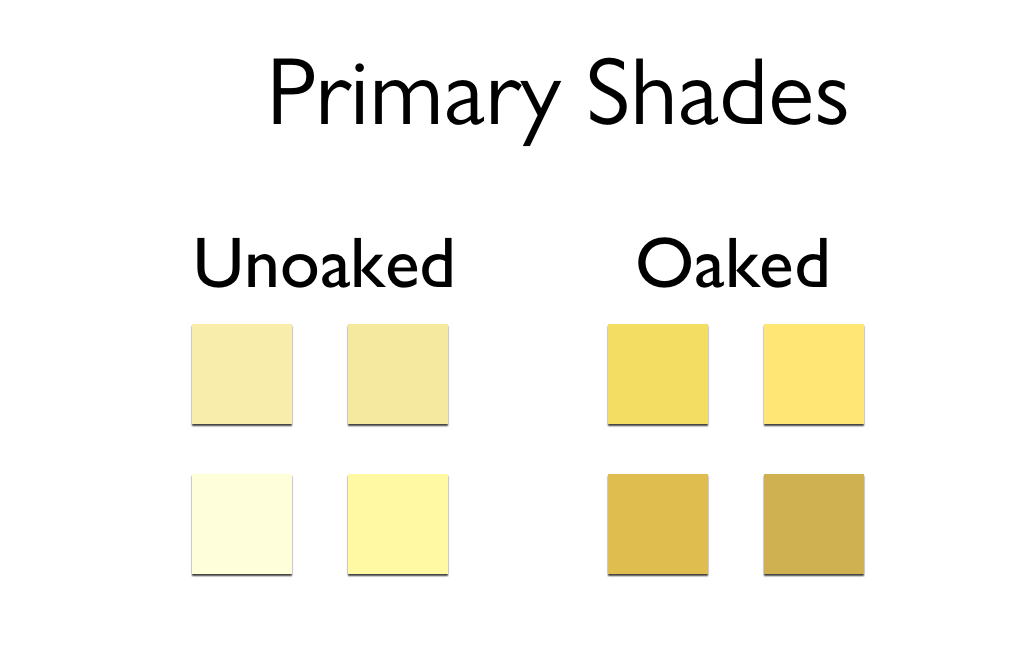
It isn’t the oak aging itself that can make the wine feel thick or creamy. This texture is caused by a process called malolactic fermentation, and it can happen in any storage container, from oak barrel to steel tanks. Malolactic fermentation is the process of yeast cells transforming malic acid (the sharp acid in apples and lemons) into the softer and rounder lactic acid (the same kind of acid as in milk). In a side-by-side comparison, the transformation is striking and adds another layer of complexity to many wines. A good “rule of thumb” is that unoaked chardonnays will be lighter in color, more like straw or pale yellow, while oaked chardonnay will take on a deeper yellow, almost golden hue.
You can find excellent examples of these creamy, well-oaked chardonnays from all over the world, but some of the come from places like Napa Valley, Australia, northern Italy, the Burgundy region of France. Unoaked, crisp wines can also come from anywhere, with many notable producers in the French region of Chablis in Burgundy, Oregon, France’s Loire Valley, and New Zealand.
The Other Faces of Chardonnay
As I said before, chardonnay is incredibly versatile, it can be transformed into almost endless expressions through different winemaking techniques and practices. Two of the most common are as a sparkling wine and as a blending grape.
Chardonnay is the workhorse of the three grapes that make Champagne: chardonnay, pinot noir, and pinot meunier. A Champagne made only of chardonnay is referred to as a Blanc de Blanc, or essentially “white of whites.” A Blanc de Blanc can be made anywhere in the world, and the grapes for these wines are often the first to be harvested so that they don’t get too ripe and lose their natural acidity.These wines are ridiculously good and get even better (think more creamy and nutty) with age.
As a blending grape, chardonnay can take on an entire rainbow of additional flavors. You’ll commonly see it blending with grapes such as sauvignon blanc in France’s Loire Valley, or with viognier in warmer climates. In cooler climates, it often blended with riesling for additional aromatic notes. In California, some winemakers are even experimenting by blending it with semillon or even moscato.
Pairing Chardonnay
If you’re now worried about finding the right food to pair with all of these different styles, don’t be! As with all wine, the key here is to find a food and a wine that you really like and enjoy them together. It shouldn’t be a stressful process, so here are a few ideas to guide you:
- For cheese, the softer the better, both goat and cow’s milk will be fine.
- White meat, like chicken and fish are your friends.
- The more golden the wine, the heavier the food. For a well-oaked California chardonnay, try something heavier like a corn chowder or pasta in an alfredo sauce. For a light chardonnay like those from Chablis, stick to a class pairing like oysters, scallops, or fish.
- Bubbles help cut through salt, so pair your Blanc de Blanc with french fries, fried chicken, or other guilty pleasures.



